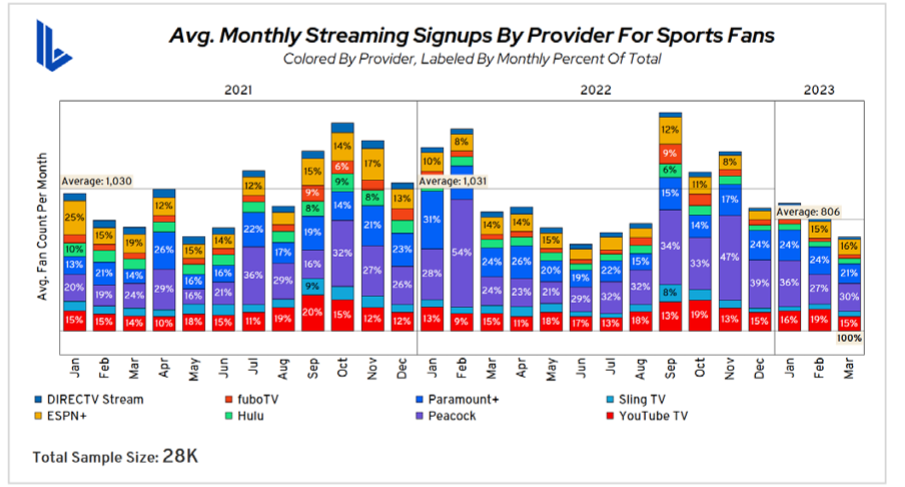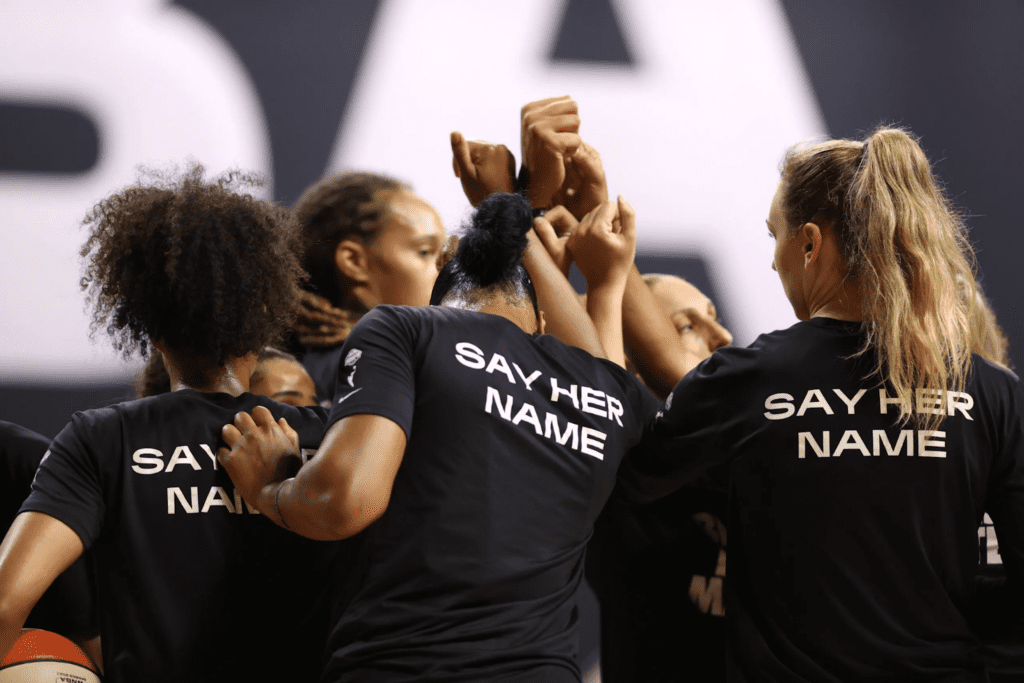
Live sports streaming offers brands a rare mix of massive reach and brand safety, but the growing complexity of platforms and social issues requires careful navigation. Rob Rasko, CEO of The 614 Group and President of The Brand Safety Series, explores how advertisers can secure their brand while scoring with sports audiences.
The Predictable Power of Live Sports Audiences
Even though we never know who will win the big game, live sporting events provide some of the most predictable entertainment—and some of the most predictable audiences in the world of media. When a brand decides to sponsor the US Open, an NFL schedule, or even a sports news or talk program, the content and format of the programming are highly predictable as are the kinds of audiences and reach (generally high).
Streaming is Changing How Fans Watch Live Sports
Over time, live sports viewing has become more and more a streaming opportunity for both advertisers and viewers. 50% of US-connected sports viewers watch live sports mostly via streaming apps (up 29% YOY), while their traditional TV usage fell 18% YOY.
The chart below also shows an example of how sports fans are flocking to media providers. Given the growth and the relative predictability, it is no wonder that live-streamed sports are getting more and more attention.

Streaming subscription data from Sports Innovation Lab showing new sign-ups and market share of streaming services that carry live sports.
Why Predictability Equals Brand Safety
What is the virtue of being predictable? Predictable as used here is another way of saying: “Live Sports are Brand Safe.” So live sports, in one shot, fill two important needs for a brand, adjacency and huge reach.
Live sports provides a brand with the type of association it seeks, without the uncertainty of appearing next to sensitive content.
Fragmentation Adds Complexity to Sports Sponsorship
Currently, the diversity of platforms where sports are shown makes the conversation about sports sponsorship less straightforward. More and more sports content is getting repurposed in the forms of highlights and user-generated content, and platforms need to keep pace to ensure that sponsored live content doesn’t appear alongside digital advertising that isn’t representative of a brand’s values and is in line with its original sponsorship goals and audience targets.
The Intersection of Sports, Athletes, and Social Issues
Sports is evolving into a hotbed for social issues that some brands might well wish to avoid. Gender equity, racial equality, and political statements have taken center stage in recent years in certain sports as athletes have used live sporting events to drive awareness to causes and issues that matter to them. Brands can be caught off guard if there aren’t easy ways to provide space for these conversations without the brands becoming part of the conversation.
Audience Data and Responsible Targeting Risks
It’s important to consider that brand safety also involves considerations regarding audience data, reporting attribution, and targeting. Brands that operate with the greatest care to avoid reaching underaged consumers, problem gamblers, or other sensitive targets don’t want to collect data inadvertently on these consumers and target them.
Sports properties and their media partners should be prepared for these situations—especially as alt-streams gain prominence. For example, DraftKings and Fanduel are now in many cases producing media to be inserted in live sporting events. This shoulder content can sometimes be embedded in streams that can catch sponsors flat-footed if they’re not aware of how sports betting is changing the tone and message of a live sporting event.
Scoring Big on Brand Safety in Live Sports
As the digital ad ecosystem grows ever complex it’s good to think about places, audiences, and technology solutions where brands can be confident about eyeballs and adjacency and of course a dose of healthy drama,
HOPE YOU ENJOYED THE GAME.
